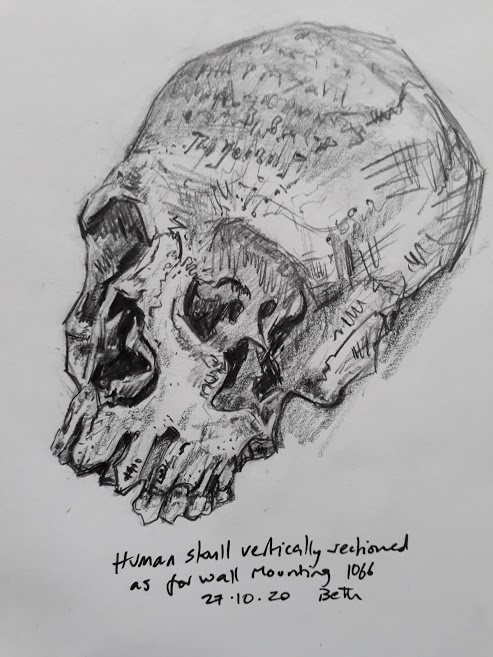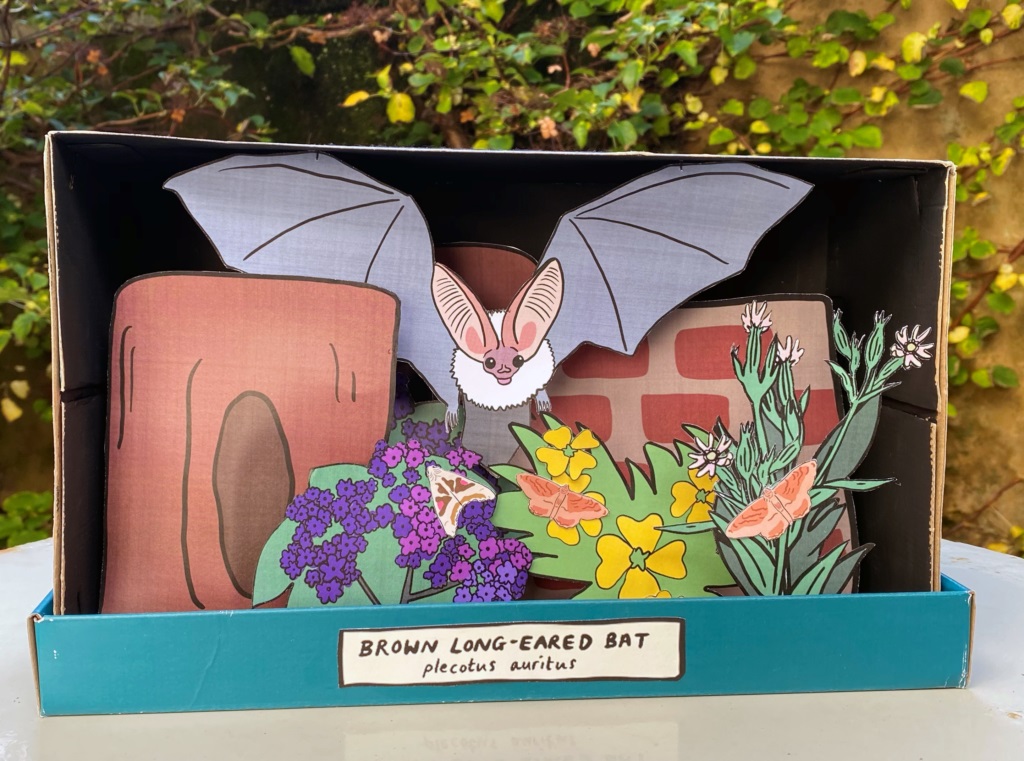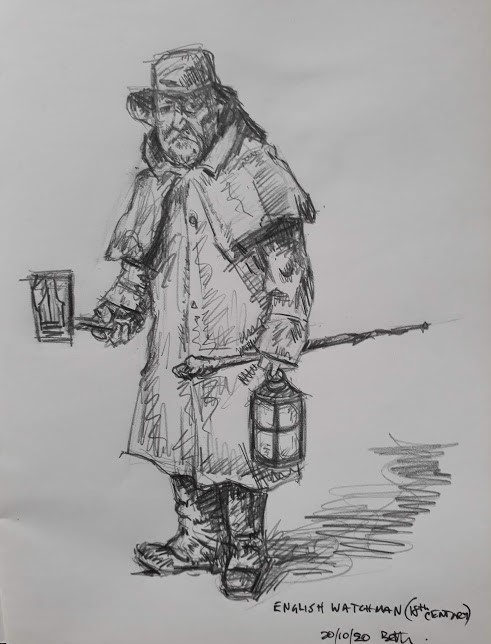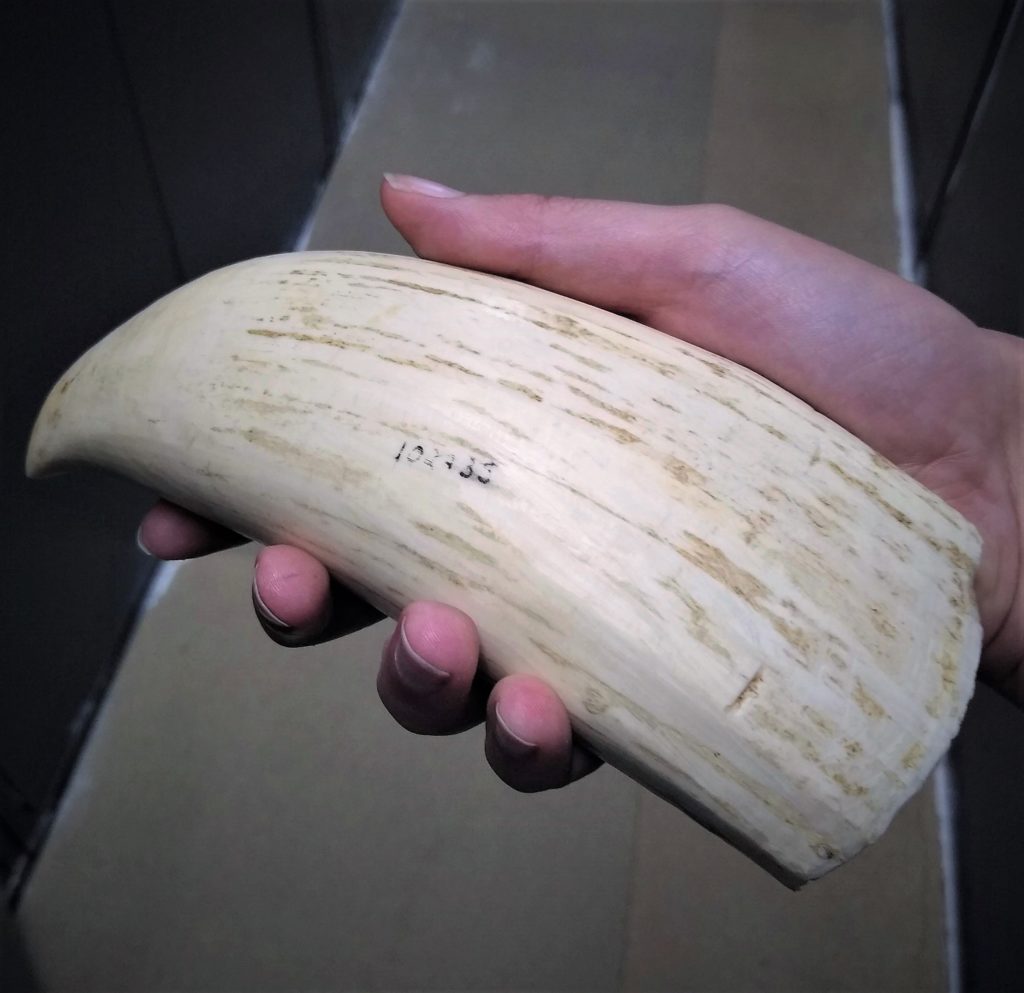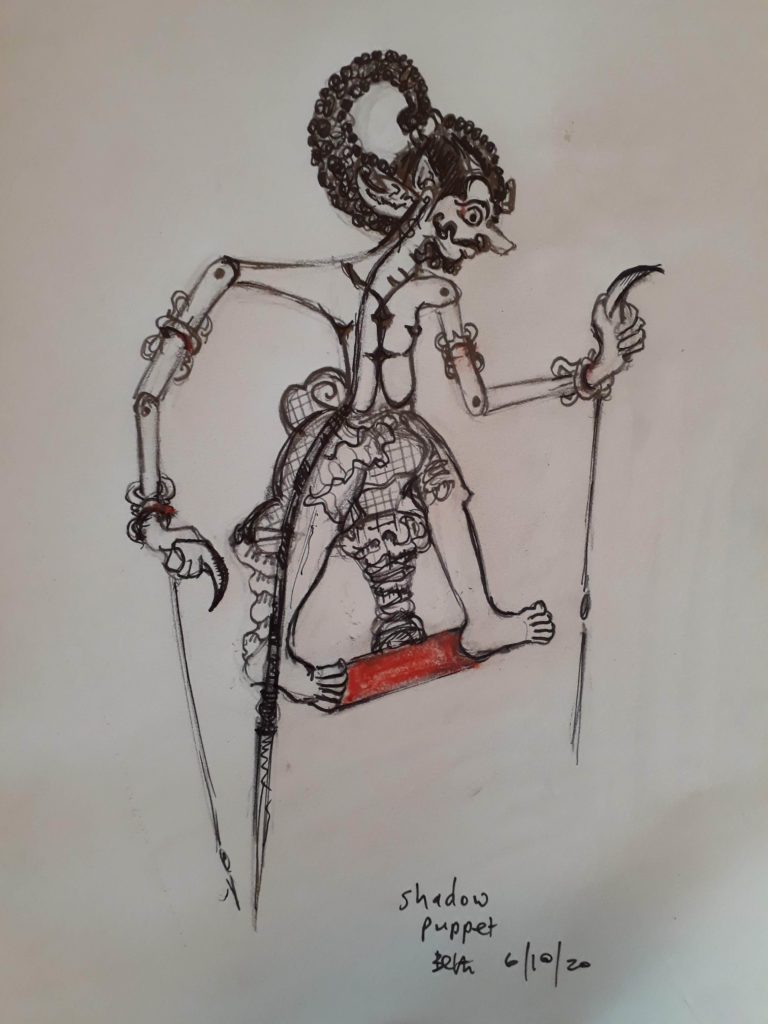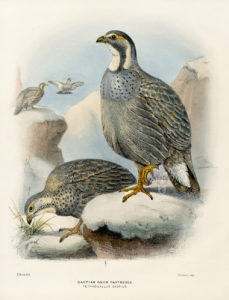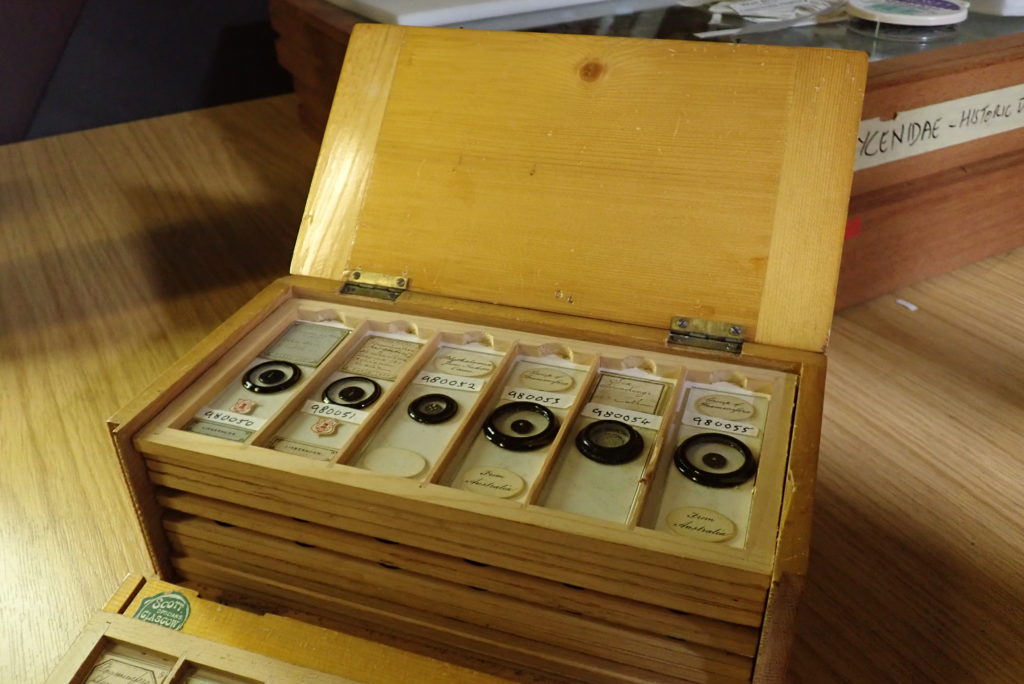
This is a legacy story from an earlier version of our website. It may contain some formatting issues and broken links.
In almost every drop of water, from the shallowest puddles to the deepest oceans, you will find tiny life forms known as diatoms. To the naked eye, diatoms are invisible, but it is surprising how even the smallest things can have a big impact on the world around us.
Diatoms are single-celled microscopic algae that can be found in marine and freshwater environments worldwide and have inspired scientists and artists alike. They have been found to play a fundamental role in climate regulation and have even been used in microscopic works of art. We asked our volunteer Amy Charlton to find out more, starting with a look through the microscope slides in our natural sciences collection.
Discovering diatoms
Diatoms are tiny – usually less than the width of a human hair – the invention of the microscope enabled them to be seen for the first time. The slides I chose to look at appeared to have nothing on them at all, but placing them under the microscope revealed diamond-shaped glowing diatoms which were around 100 years old!
It takes all sorts!
Diatoms come in a variety of beautiful shapes. One of the first documented descriptions of diatoms was in 1703 by a ‘Mr. C’ who wrote he could see:
‘rectangular oblongs and exact squares, which were joyn’d together… all of the same size… made up of two parallelograms joyn’d longwise… the texture of every one is nearly the same…” – (Philosophical Transactions Vol. 23)
We now know that Mr. C was probably describing the Tabellaria diatom, whose cuboid cells form zig-zag colonies which are joined together by mucus pads. Throughout the century, many more diatom species were identified under the microscope.
Miniature masterpieces
In the Victorian era, diatom arrangements became fashionable as miniature curiosities. Arranged in patterns on slides, these tiny artworks would be shown under the microscope at social gatherings. Some incredible examples can be seen in the video below.
[arve url=”https://player.vimeo.com/video/90160649?title=0&byline=0&portrait=0″ /]
Capturing carbon
Diatoms aren’t just pretty, like plants, they photosynthesise, removing carbon dioxide from the atmosphere and releasing oxygen. They do this on a massive scale, performing an estimated 20% of the earth’s entire photosynthetic carbon dioxide fixing – that’s equivalent to all the rainforests combined!
Tiny time-machines
But they don’t just lock up carbon. Diatoms can also help scientists measure what the climate was like thousands of years ago – which is vital to understanding what is happening, and what will happen, to our climate as it warms.
Written temperature records date back 150 years, but pre-historic climate conditions can be reconstructed using climate proxies. Proxies provide a natural historical archive of the planet’s climate. They include tree rings, corals, ice cores and marine sediment.
Perfect proxies

Magnified diatom algae Amphora sp. close up of hard cell walls Berezovska, CC BY-SA 4.0, via Wikimedia Commons
Diatoms make great climate proxies. When they die, their tough silica frustules (cell walls) fall to the sea floor. Here, they lock away carbon and form marine sediment. They are also extremely sensitive to environmental change, different species have different adaptations to allow them to survive in particular conditions. The absence or presence of a species can therefore indicate what the conditions were like in the ocean at a particular point in time.
Long-term data such as this enables patterns in natural climate cycles to be identified, with which we can compare more recent human-caused climate change. This can help to make predictions about what might happen to our climate – and us – if we do not intervene.
Brilliant bio-indicators
Diatoms can also provide us with valuable insight into what is happening within our aquatic ecosystems right now. They respond rapidly to changes in their environment, and species will reproduce or decline in particular conditions. In optimal conditions, some species can grow into enormous colonies, or ‘blooms’, that are so large they can even be seen from space! As they reproduce rapidly, they can provide early warning signals for physical and chemical changes to the water. Some species are more tolerant to pollution than others, so by collecting and sampling diatoms, we can get an idea how polluted a body of water is.
And it doesn’t stop there…
Diatoms have the potential to do even more. From wastewater treatment to cultivation for use in nanotechnology, medicine and even as a source of fuel themselves. As research in these areas develops, diatoms could play an increasingly vital role in all of our futures. These tiny single-celled algae truly are our hidden climate heroes.
Discover more
- Why not try your hand at making your own diatom patterns in our diatom weaving activity
- Learn more about nature and the climate in more posts from our Climate Conversations series
Amy Charlton, Booth Museum of Natural History volunteer



